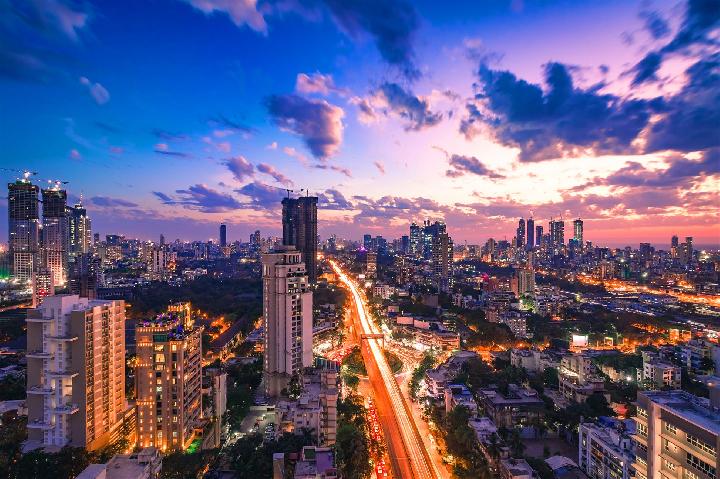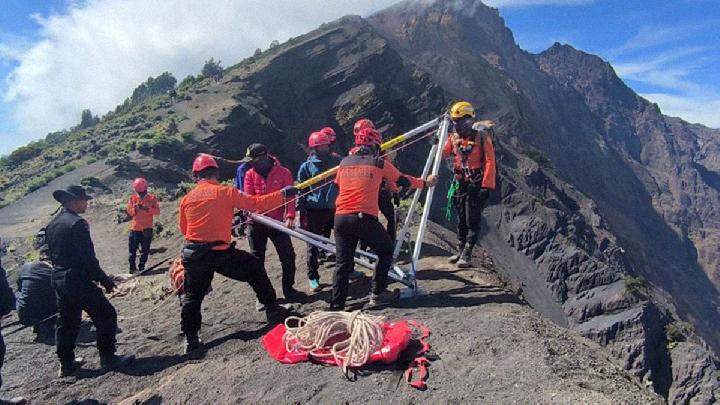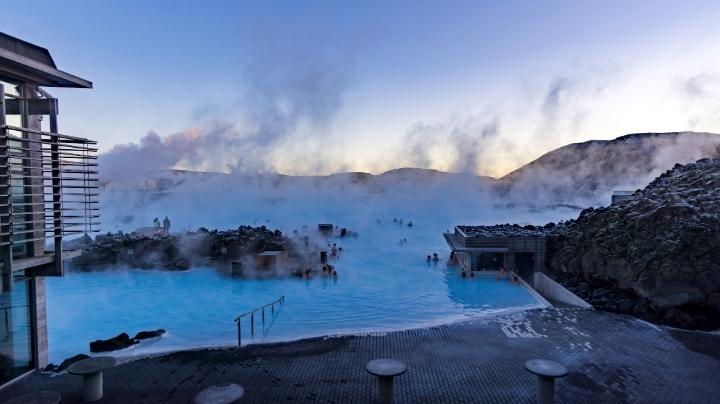TEMPO.CO, Jakarta - The flattest countries in the world, characterized by their remarkably low average elevations, are on the frontlines of climate change. As sea levels continue to rise, these nations must abide to face the gruesome consequences, including coastal erosion, storm surges, and many other long-term challenges.
Flattest Countries in the World
Both World Population Review and World Atlas named the Maldives and Tuvalu as the flattest countries in the world. Beyond these island-states, other nations confronting the same degree of breakdown also include:
1. Maldives (1.5 meters)
The Maldives is the flattest country in the world, largely due to its geological foundation as the land rests on coral atolls formed over thousands of years. With no natural barriers such as cliffs or hills, its landmass faces the risk of rising sea levels and coastal erosion.
As waves crash and tides surge day after day, they steadily eat away at the land, leading to consequences far beyond saltwater intrusion and flooding, including the heartbreaking loss of habitable land for local communities.
2. Tuvalu (1.8 meters)
Tailing close behind, Tuvalu has the second-lowest average elevation, predominantly caused by its geological formation of coral atolls and reef islands. Perched only a few meters above sea level, this island nation lacks mountains or any other highlands, which further puts it in a tight spot against climate change. Year after year, Tuvalu’s fragile landscape endures an unbearable process of erosion and land subsidence.
3. Kiribati (2 meters)
What sets Kiribati apart from other flat countries is the narrowness of its landmass. While it shares the characteristic coral atoll and reef island foundation, Kiribati possesses a narrow landscape, in some places just a few hundred meters wide. This feature amplifies Kiribati’s likelihood of experiencing ocean surges and tidal fluctuations, which can accelerate environmental decline.
4. Marshall Islands (2 meters)
The low-lying islets and coral atolls within the Marshall Islands’ territory offer little natural shield from ocean surges and extreme weather. In a large portion of the Marshall Islands, flooding, coastal erosion, and saltwater intrusion remain an ongoing issue for its people. Unless a lasting solution is put in place, these communities face an ongoing risk of being displaced from their homes.
5. Singapore (15 meters)
Among other flat countries in the world, Singapore has made significant strides in climate adaptation initiatives by implementing the integration of modern infrastructure, such as high-efficiency drainage systems, tidal barriers, and a suite of adaptive technologies. With scarce high ground to rely on, the island state faces mounting pressure from extreme weather threats. In response, it has made a firm commitment to proactive measures that safeguard its future against climate risks.
6. Qatar (28 meters)
Qatar’s location, extending into the Persian Gulf, undoubtedly puts the country to experiencing depressing issues of both low elevation and rising sea and arid climate. Among other flooding concerns factored by the absence of highlands, the country also faces arid environmental threats such as water scarcity and extreme temperatures.
With a reputation as one of the hottest countries in Asia, Qatar has eventually turned to climate adaptation strategies investments, from sustainable urban planning and coastal defenses to water management systems.
7. Netherlands (30 meters)
The Netherlands is the flattest country in Europe, with one-third of its territory lying below sea level. Aside from its natural geography, the country has had countless human interventions that resulted in the concerning state of low elevation. Historically, the Dutch have reclaimed land from the sea with the help of extensive systems of canals, polders, and dikes, contributing to the country’s impending breakdown.
8. Denmark (34 meters)
Unlike earlier countries on this list, Denmark faces extreme sea level threats only in specific regions. Low-lying areas such as parts of Jutland, along with the islands of Lolland and Falster, are particularly vulnerable, where rising seas and relentless coastal erosion steadily reshape the landscape.
9. Gambia (34 meters)
Gambia’s inclusion among the flattest countries in the world is attributed to the existence of the Gambia River that flows throughout the center of this nation. As the majority of its population relies heavily on agriculture and fishing activities, the country has become even more vulnerable to environmental disasters such as saltwater intrusion, tidal flooding, and coastal erosion.
10. Estonia (61 meters)
At 61 meters, Estonia rounds out the list of the world’s flattest countries. With its blend of rolling hills, open plains, and an extended low-lying coastline, the country’s diverse landscape leaves it exposed to a range of environmental threats. Rising sea levels, frequent flooding, and relentless coastal erosion pose growing risks to both its land and people.
As the world continues to confront the escalating realities of climate change, these flattest countries on Earth stand on the frontlines. While some have taken bold steps toward resilience, the road ahead demands stronger global cooperation, innovation, and immediate climate action to ensure these vulnerable nations don't become the first casualties of a changing planet.
Editor's Choice: 15 Countries with the World's Fastest Internet in 2025
Click here to get the latest news updates from Tempo on Google News








































:strip_icc():format(jpeg)/kly-media-production/medias/1407603/original/079705400_1479294075-Ali_Khamenei.jpg)


:strip_icc():format(jpeg)/kly-media-production/medias/5258672/original/007662100_1750394658-18b4e792-fa49-48cf-b166-455eb3a3b632.jpg)
:strip_icc():format(jpeg)/kly-media-production/medias/4134468/original/062773800_1661335557-Makam-Mahligai-Barus-sumutprov.go.id_3.jpg)

:strip_icc():format(jpeg)/kly-media-production/medias/3657996/original/085161000_1639046078-minnie-zhou-0hiUWSi7jvs-unsplash__1_.jpg)

:strip_icc():format(jpeg)/kly-media-production/medias/1724647/original/012206100_1506683622-p02txx8r.jpg)
:strip_icc():format(jpeg)/kly-media-production/medias/1370182/original/075242200_1476146517-1237792244044309032.jpg)